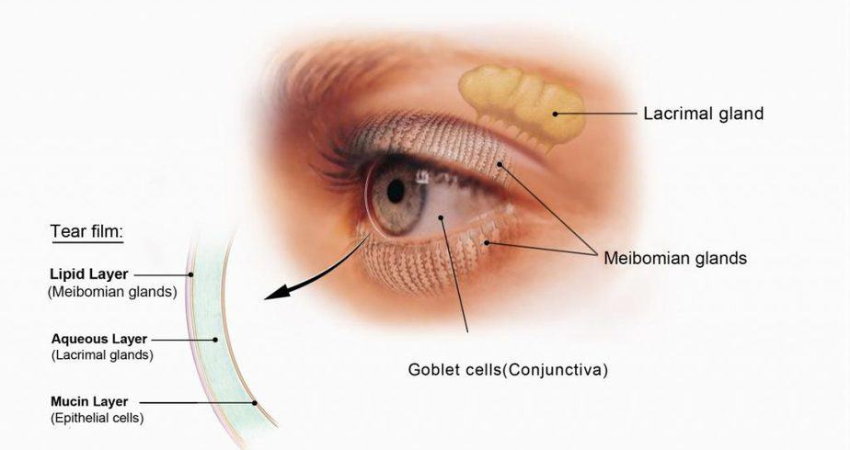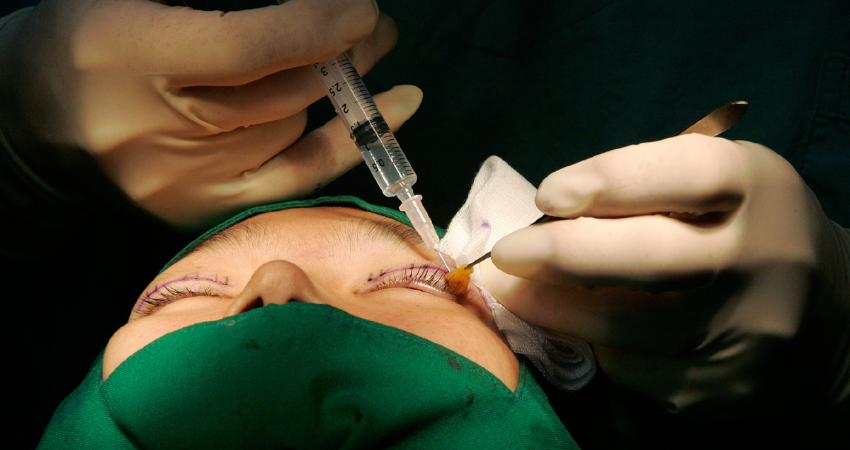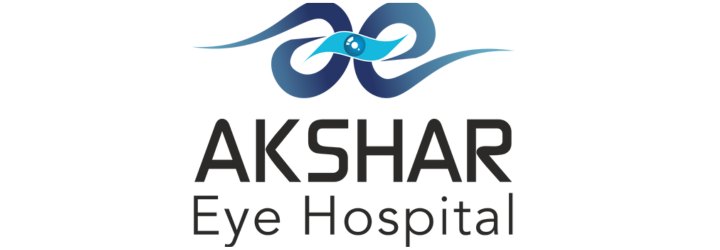- Email: Akshareye22@gmail.com
- 241, Royal Arcade, Sarthana Jakatnaka, Surat-395006
- Call: 8866342242
Dry Eye Management
- Home
- Dry Eye Management
- Computerised Eye Testing
- Stitchless Phaco Cataract Surgery (MICS) with Premium IOL
- Surgery for Spectacle Removal (C-LASIK, Blade free LASIK, ICL)
- Eyelid Surgery
- Dry Eye Management
- Keratoconus Management (CXL, Contact Lens)
- Diabetic Retinopathy Treatment
- Glaucoma Diagnosis and Treatment
- Treatment of Blocked NLD
- Pteygium surgery using advanced fibrin glue
- Punctal plug placement for DRY eye
- Probing for watering in neonat
Dry Eye Management

Introduction: Dry eye management focuses on alleviating the discomfort associated with dry eye disease, where the eyes do not produce enough tears or the tears evaporate too quickly.
Symptoms: Symptoms of dry eye include itching, burning, redness, a gritty feeling, and excessive tearing due to irritation.
Causes: Dry eye can result from various factors such as environmental conditions, hormonal changes, certain medications, or underlying health conditions like Sjögren’s syndrome.
Treatment: Management strategies include the use of lubricating eye drops, punctal plugs to retain tears, and medications to reduce inflammation or stimulate tear production. Adjustments to environmental factors and lifestyle changes may also be recommended to manage symptoms effectively.
Akshar Eye Hospital
- Computerised Eye Testing
- Stitchless Phaco Cataract Surgery (MICS) with Premium IOL
- Surgery for Spectacle Removal (C-LASIK, Blade free LASIK, ICL)
- Eyelid Surgery
- Dry Eye Management
- Keratoconus Management (CXL, Contact Lens)
- Diabetic Retinopathy Treatment
- Glaucoma Diagnosis and Treatment
- Treatment of Blocked NLD
- Pteygium surgery using advanced fibrin glue
- Punctal plug placement for DRY eye
- Probing for watering in neonat
Eyelid Surgery

Introduction: Eyelid surgery, or blepharoplasty, is a procedure designed to improve the appearance and function of the eyelids. It can address issues such as drooping eyelids, excess skin, or puffiness.
Symptoms: Common reasons for considering eyelid surgery include drooping upper eyelids that may obstruct vision, sagging lower eyelids, or visible under-eye bags.
Causes: These issues can be caused by aging, genetics, or trauma, leading to changes in the skin and muscle of the eyelids.
Treatment: The surgery involves removing excess skin, fat, or muscle from the eyelids to correct functional impairments and enhance appearance. The procedure can be performed on the upper or lower eyelids and aims to rejuvenate the eye area and improve overall vision if the drooping is affecting sight.
